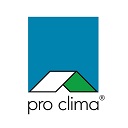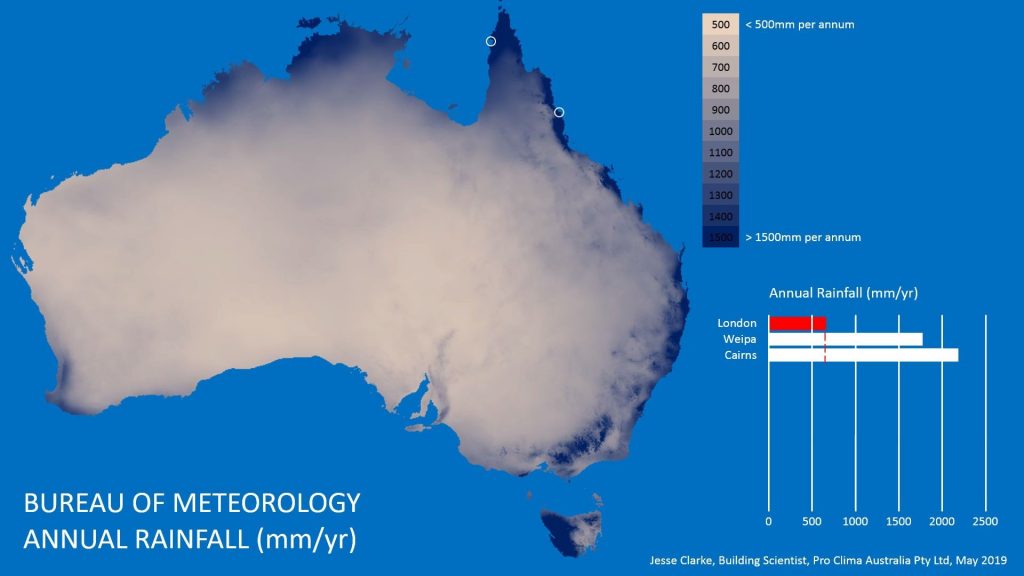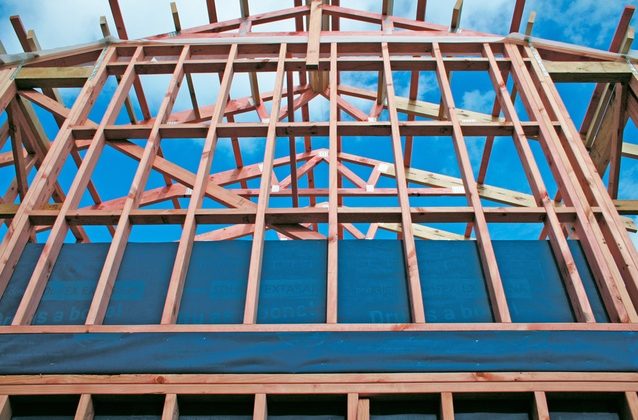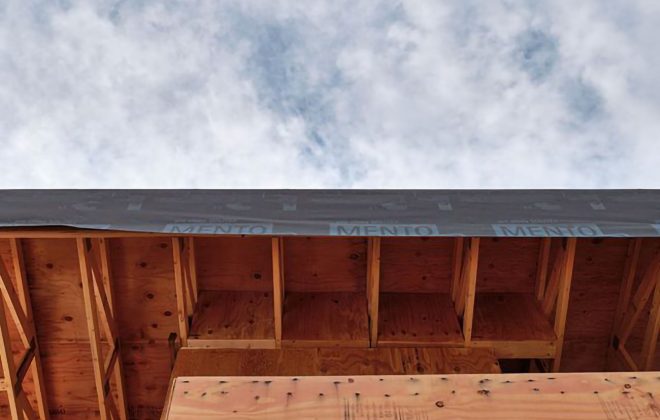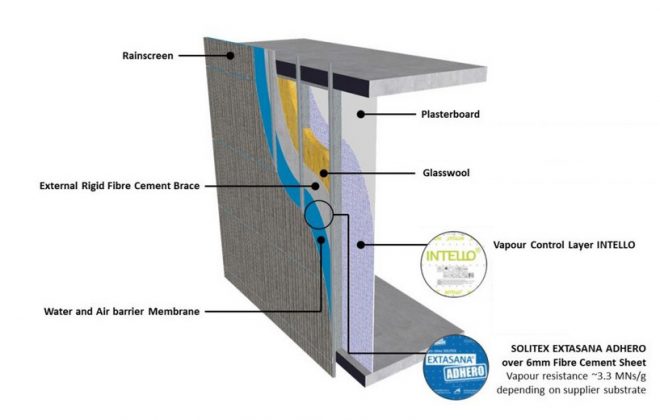This is Australia

Mark ‘Cal’ Callaghan recalled that it started as a poem in his notebook, reflecting on the time that his family moved from England to Bundaberg in Queensland, a major culture shock for him.
“To lie in sweat, on familiar sheets,
In brick veneer on financed beds.
In a room, of silent hardiflex.
That certain texture, that certain smell,
Brings home the heavy days,
Brings home the night time swell,
Out on the patio we’d sit,
And the humidity we’d breathe,
We’d watch the lightning crack over canefields
Laugh and think, this is Australia.”
Mark Callaghan, 1985
Click here for Nostalgia
The 1985 song “Sounds of Then” pretty much sums up how we view ourselves almost 35 years later. A country blessed with beautiful weather, warm and humid with tropical evening storms. A far cry from the rainy drizzle in the UK from where we inherited many things including Mark ‘Cal’ Callaghan.
As we all know, England is not Australia. I have been told too many times in my career, “that’s great but…. this is Australia.” We have our own set of problems in our construction industry however we inherit many things from the British…including many construction standards and ad-hoc pieces of building codes.
Brick veneer dominates the east coast of Australia is primarily due to its proven track record and the history of use of this construction method with a known “risk” & degree of certainty in water management in sometimes extreme rainfall events in parts of Australia. However the times they are a-changin’, we insulate more, we hinder air movement traditionally encouraged for drying of incidental water leaks, all as a consequence of filling old-style structures with insulation.
Historically, brick veneer is not a bad solution. And it’s still not, but we can do it better; more insulation, proper air sealing, better window installation details, and state-of-the-art weatherproofing systems need to go hand in hand. This is all so that we don’t create “That certain texture, that certain smell.”
As we move on 35 years after Mark Callaghan with assistance from Crowded House, who helped frame our national self-perception, even Julius Caesar and the Roman Empire could not conquer the blue skies. The next generation faces another problem. How do we redefine the way we build to create comfortable, healthy, durable, and energy-efficient buildings for the generations that succeed us?
The first rule of a high-performance building is to stop water from getting in.
Simple eh?
But first, you have to admit it rains.
The perceived dryness of the “great southern land” may not be as scientifically correct as one likes to think. The afternoon storms that roll in over the Queensland cane fields (the entire east coast actually) provide a specific challenge for the next generation of building designers, builders, and tradespeople as we tackle higher performing, comfortable, healthy, and energy-efficient housing. Most east coast locations actually have more annual rainfall than London. Remember – this is Australia!
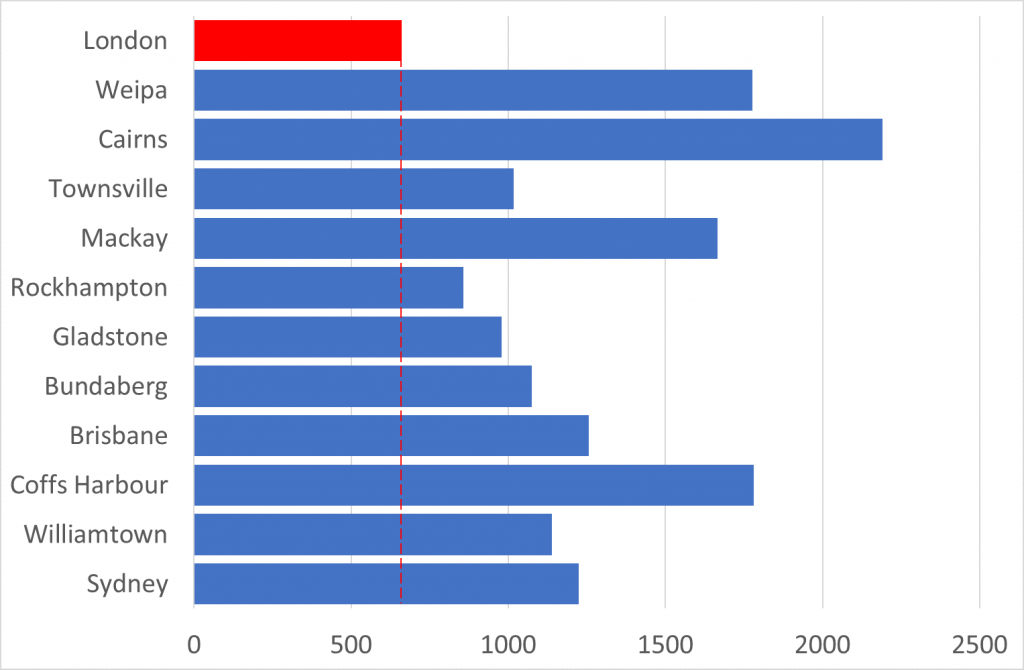
If for some reason you think Australia can beat the laws of physics & the rules don’t apply here, remember, we are all prisoners of gravity. Same planet. Same rules.
In order to achieve high performance, we need to do the obvious stuff: insulate our buildings, use better windows and glazing and, foremost, challenge the way we currently build. From a building science perspective, it is of paramount importance to protect our health by considering:
- External Moisture – the amount of rainfall at the location which may cause water ingress into our structures.
- Internal Moisture – the climate in which we are building and the likelihood that indoor humidity becomes elevated compared to outside & the possibility of water vapour entering the building fabric and condensing on cold exterior materials.
- Construction system design that addresses 1) & 2) including:
- Understanding the insulation material type and how it affects water and water vapour movement.
- Exterior water control layers (aka. “sarking”) that are also air barriers to manage wind and driving rain, properly sealed at junctions and overlaps to form a continuous Weather Resistive Barrier (WRB) preventing water leaking in from the outside.
- Interior air barriers with a function of air & water vapour control to prevent moisture-laden air from inside the living space leaking into the structure.
- Air sealing of exterior WRB system and the interior air and vapour control system with build quality validated using a Blower Door Test.
From 1) and 2), 24 potential Hygrothermal regions can be derived allowing tailored construction methods defined in 3) for optimal health, durability, and energy efficiency outcomes.
Note: not all climate combinations are possible; for example a hot dry climate with >1500mm/yr rainfall. Therefore it does not appear as a region on the map in the video below.
In the next article, we will discuss control layers and what makes up a useful external WRB system and how it should be effectively implemented for long-term durability and health.
Watch how the annual rainfall, climate regions, population, and building physics hygrothermal zones correlate.
Tags In
Authors
Recent articles
- German School Buildings Top The Class November 21, 2024
- The Perfect Pod July 24, 2024
- Above Sheathing Ventilation – Part 0: Flat Roofs September 12, 2023
- Above Sheathing Ventilation – Part 3: Fighting the Sun December 13, 2021
- Above Sheathing Ventilation – Part 2: The Blue Planet October 26, 2021
